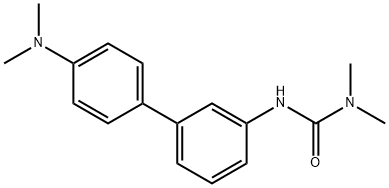Description
Adipose triglyceride lipase (ATGL or PNPLA2) catalyzes the initial step in triglyceride hydrolysis in adipocyte and non-
adipocyte lipid droplets, generating diacylglyerol. Atglistatin is a potent, selective, and competitive inhibitor of ATGL (IC
50 = 0.7 μM). It does not inhibit hormone-
sensitive lipase, monoglyceride lipase, pancreatic lipase, lipoprotein lipase, or other lysophospholipases. Atglistatin blocks lipolysis by ATGL
in vitro, in white adipose tissue organ cultures, and
in vivo. It does not affect lipolysis in ATGL knockout mice.
Biochem/physiol Actions
Atglistatin is the first selective inhibitor of adipose triglyceride lipase (ATGL), the rate limiting enzyme involved in the mobilization of fatty acids from cellular triglyceride stores. Atglistatin has an IC50 of 0.7 μM in E.coli and no activity against monoglycerol lipase (MGL), hormone-sensitive lipase (HSL), or pancreatic lipase and lipoprotein lipase PNPLA6 and PNPLA7. ATGL generates diacylglycerol from cellular triglyceride stores, which is then degraded by hormone-sensitive lipase (HSL) and monoglyceride lipase into glycerol and fatty acids, promoting the synthesis of lipotoxic metabolites that have been associated with the development of insulin resistance. Atglistatin inhibition of ATGL has been shown to reduce fatty acid mobilization in vitro and in vivo.
References
1) Mayer et al. (2013), Development of small-molecule inhibitors targeting adipose triglyceride lipase; Nat. Chem. Biol. 9 785
2) Zagani et al. (2015) Inhibition of adipose triglyceride lipase (ATGL) by the putative tumor suppressor G0S2 or a small molecule inhibitor attenuates the growth of cancer cells; Oncotarget 6 28282


